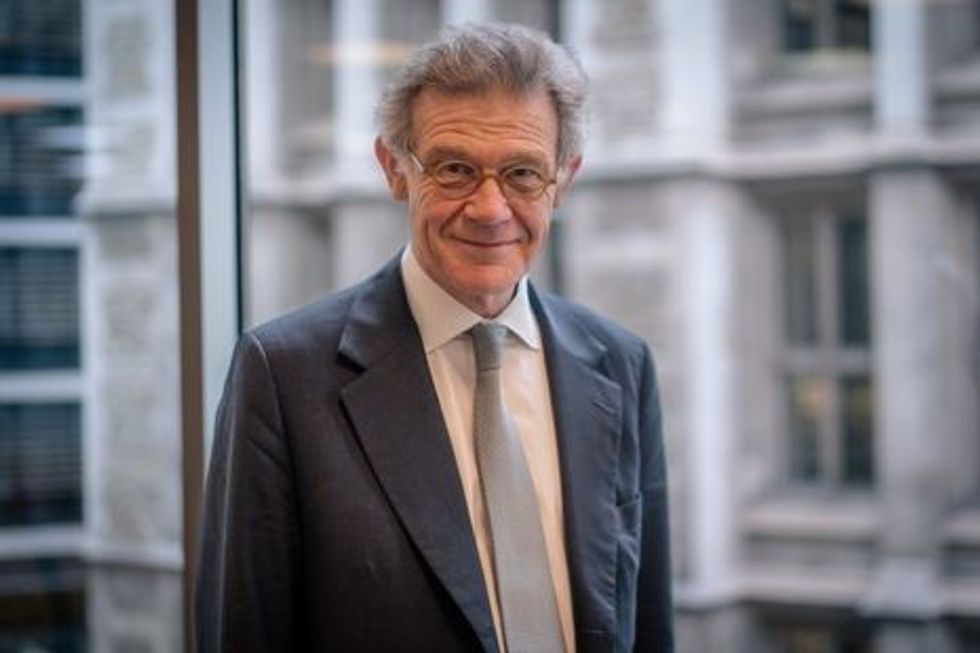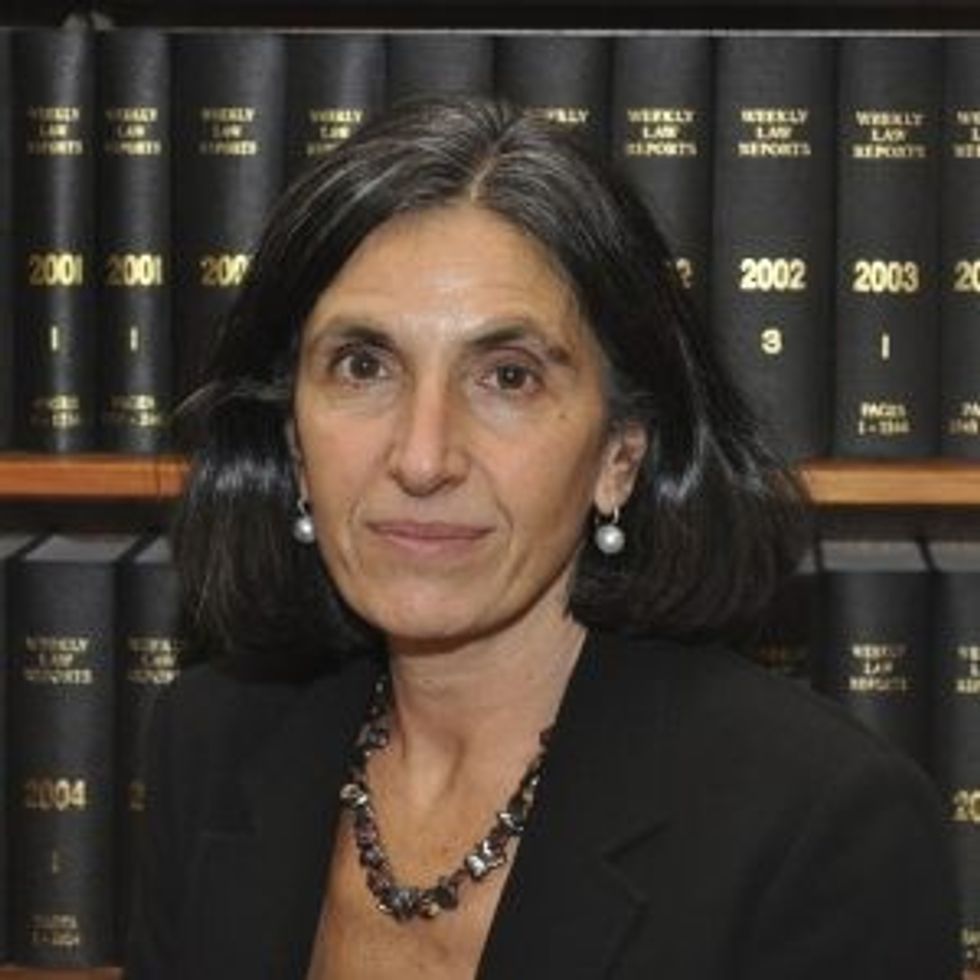Representation of south Asian and black judges “remains unacceptably low”, according to the man who heads the UK’s tribunal courts.
Writing on the judiciary’s internal website, the senior president of tribunals, Sir Keith Lindblom said ethnic minorities do less well than white candidates being considered to join the judiciary.
In his communication last Thursday (27 January), seen by Eastern Eye, Lindblom begins by admitting that “2021 was a difficult year, both professionally and personally.”
Although he seemed to be alluding to the effects of the pandemic, Lindblom continued, “I also think that 2021 has brought questions on diversity, equality and inclusion to the forefront in our justice system.”

During the past two years Eastern Eye has highlighted the culture of bullying, sexism and racism in the judiciary.
Our reporting led to a justice select committee hearing.
“Analysis also shows that Black, Asian and minority ethnic candidates do less well than white candidates in the majority of selection tools,” wrote the senior president.
“There is still much to do, including work on ensuring judges of Black, Asian and minority ethnic backgrounds have the support they need to progress within the judiciary, as levels of representation for these judges remains unacceptably low across the whole of the system.”
Little Action
Lindblom is the equivalent of the lord chief justice for tribunal courts.
The founder of the Judicial Support Network, Kaly Kaul, a Crown court judge, told Eastern Eye, “I think it's a very positive message, and it's very nice to read it.

“But it tries, perhaps, to reduce what we all know, which is that there is a serious problem.
“Even though the intention is to do something about it, I can't see any evidence that anything is really being done.
“Although there are efforts to make people feel welcome and encourage promotion, the real issues remain the real issues, which are ones of discrimination.”
They Include:
- online multiple choice and scenario tests.
- paper sifts where a panel of assessors decide a candidate’s suitability without knowing his or her name.
- a selection panel which asks questions based on competency criteria.
Latest MoJ figures suggest that six per cent of minority candidates succeed compared to 14 per cent for white applicants.
Buck Passing
The senior president of tribunals told his colleagues, “More also needs to be done to encourage people from diverse personal and professional backgrounds to apply for judicial roles, and leadership judges across the tribunals are working on ways to improve this.
“Written guidance and online resources have been developed, including guidance on recognising and addressing micro-aggressions, building cultural awareness and taking inclusive action.”
Several non-white judges have contacted this paper and spoken on the condition of anonymity.
“It's all about passing the buck and appearing to have policies which comply,” said one south Asian justice.
“We have to face the reality, and once we face it, and accept it, we can then really repair it.
“But that takes a degree of courage, which I still can't see within the judiciary.”

Lindblom wrote that the lord chief justice and he had “commissioned external experts to do further qualitative analysis to gain a better understanding of the issues related to bullying, harassment and discrimination.”
But those who spoke to Eastern Eye said that south Asians could join and “climb the ladder” as long as they “played the game”.
“If you're not one of us, as in you don't toe the line, then we will not accept you, we will tolerate you, and that's the reality,” explained one non-white judge.
“I didn't join the judiciary to become one of them. I wanted to become a judge, but a judge of colour.
“I wanted to bring with me my background, my ethnicity, and I don't want to deny it or move it into a drawer, somewhere where people can ignore it.”
No Interviews
Eastern Eye has asked the Judicial Office for an interview with Lady Justice Simler in her capacity as chair of the diversity committee of the judges’ council on two occasions.

Both times the judiciary has refused our request.
“That’s absolutely disgusting,” said one south Asian judge. “What are they scared of? They can’t have much faith in her (Simler), don’t they think she can answer your questions?
“They always talk the talk, but they have never been able to demonstrate the ability to walk the walk.
“It’s always jam tomorrow, isn’t it? And that’s the problem.”
It is a similar story when we asked for an interview with Lord Kakkar chair of the Judicial Appointments Commission (JAC).
Then the Garston and Halewood Labour MP, Maria Eagle, described Kakkar as “complacent”.

“It seems to me that 15 years to make a real change in the diversity of judicial appointments, and yet you seem today to be effectively saying that it’s as good as it can be,” she said.
“You said we do everything we possibly can. When it’s been put to you that BAME people who apply consistently do worse in terms of appointments, and you’ve basically said ‘Oh, well, we appoint on merit’.
“You seem to be blaming those who don’t get through the process for their failure.
“And that’s why you’ve come across as complacent to me. Is that really the best that you can do?”












